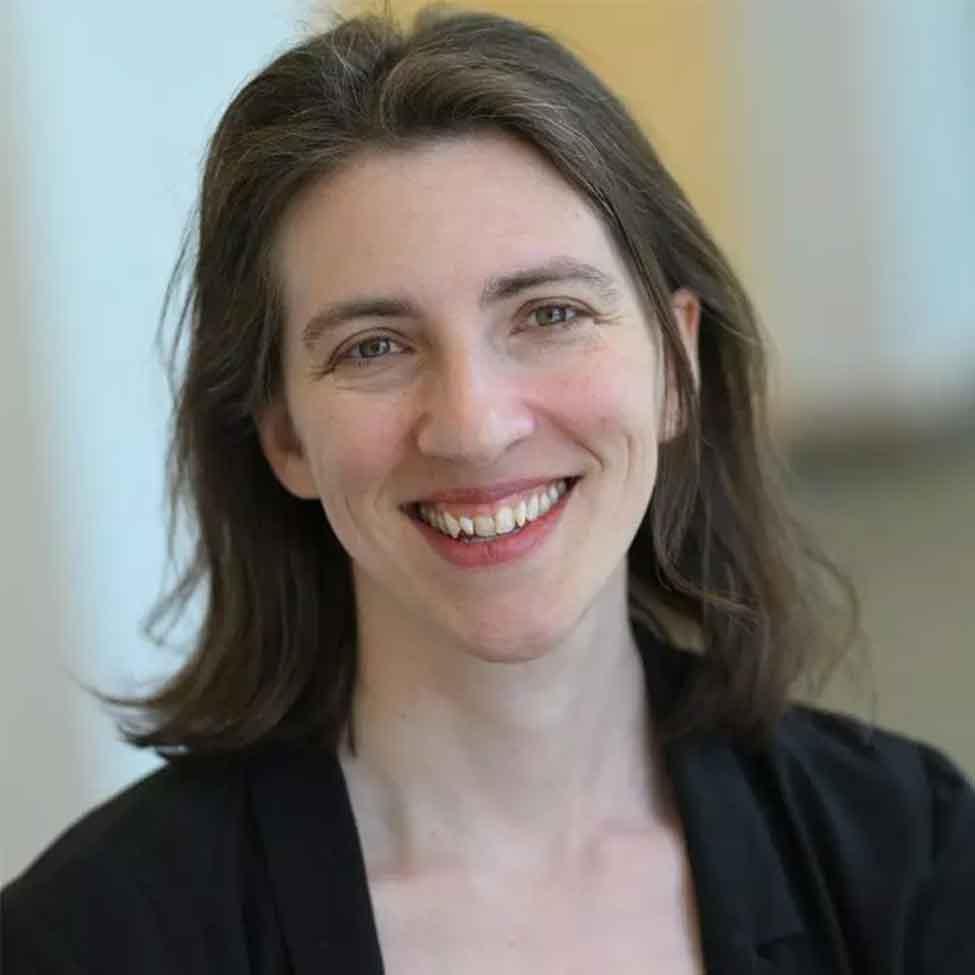
That North West Outfit, Kim Kardashian's TikTok And Why It's None Of Our Business
In USA Today, Dyson Professor Melvin Williams offers a sharp cultural analysis in two stories: The first examines public scrutiny of celebrity children, particularly North West, daughter of Kim Kardashian and Ye. Williams notes she’s been “thrust into the spotlight” and turned into a talking point for celebrity parenting debates.
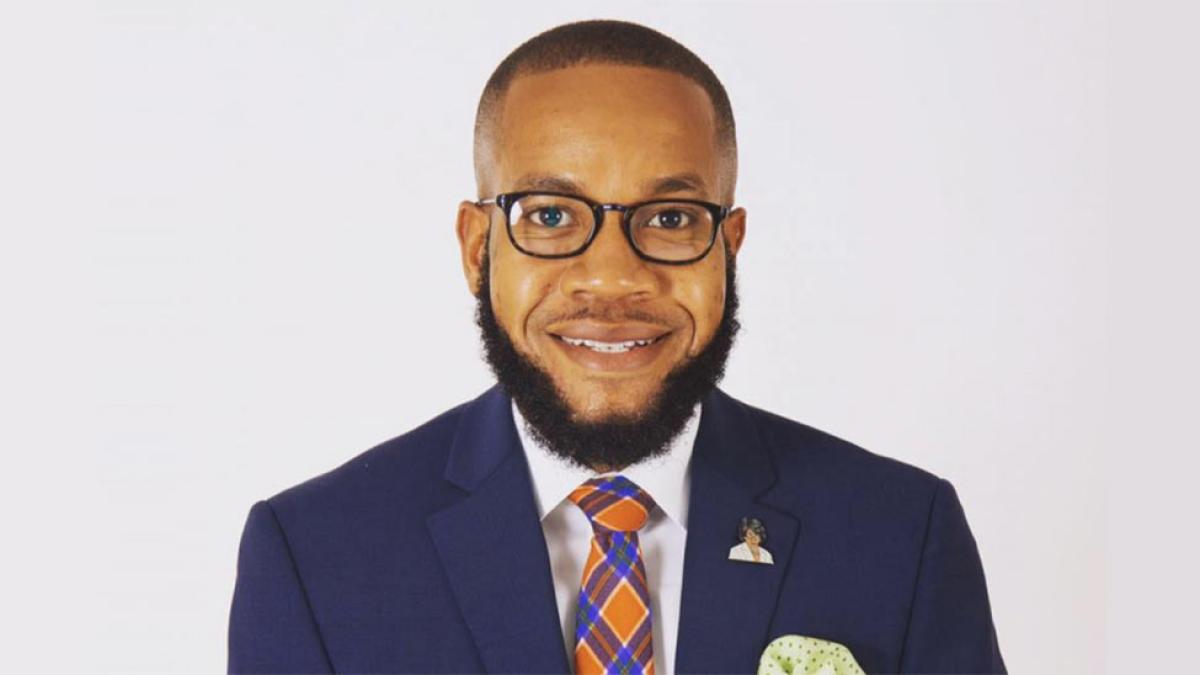
Canada Reports Rise In Americans Refugees
Haub Law Professor and Director of the Immigration Justice Clinic Amelia Wilson speaks to Newsweek about the emerging trend of U.S. citizens seeking asylum across the northern border. “I suspect that U.S. citizens seeking asylum in Canada are doing so because they genuinely feel they’re being persecuted and believe their government cannot or will not protect them,” Professor Wilson explains.
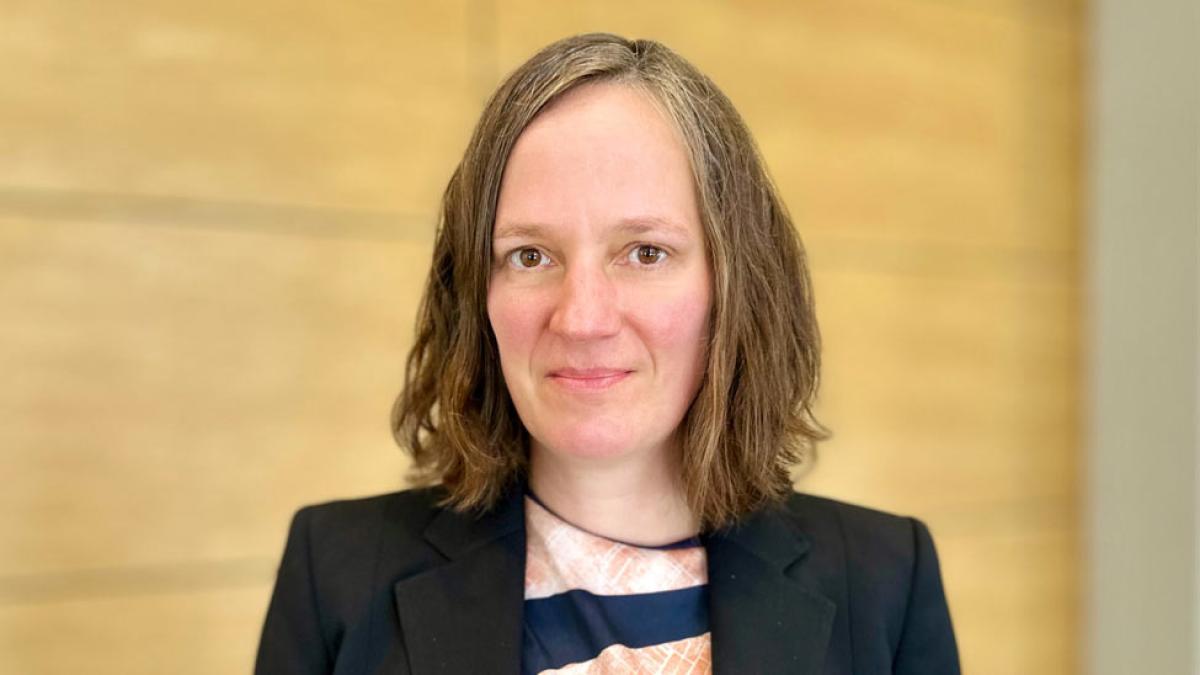
L Morgan Lee, Shonica Gooden, Matthew Stern Join Pace University Faculty
Sands College of Performing Arts recently announced the appointment of three distinguished artists to its faculty for Fall 2025: Tony Award nominee L Morgan Lee as clinical assistant professor of musical theater, Broadway performer Shonica Gooden as clinical assistant professor of commercial dance, and Broadway stage manager Matthew Stern as clinical assistant professor and program head of stage management.
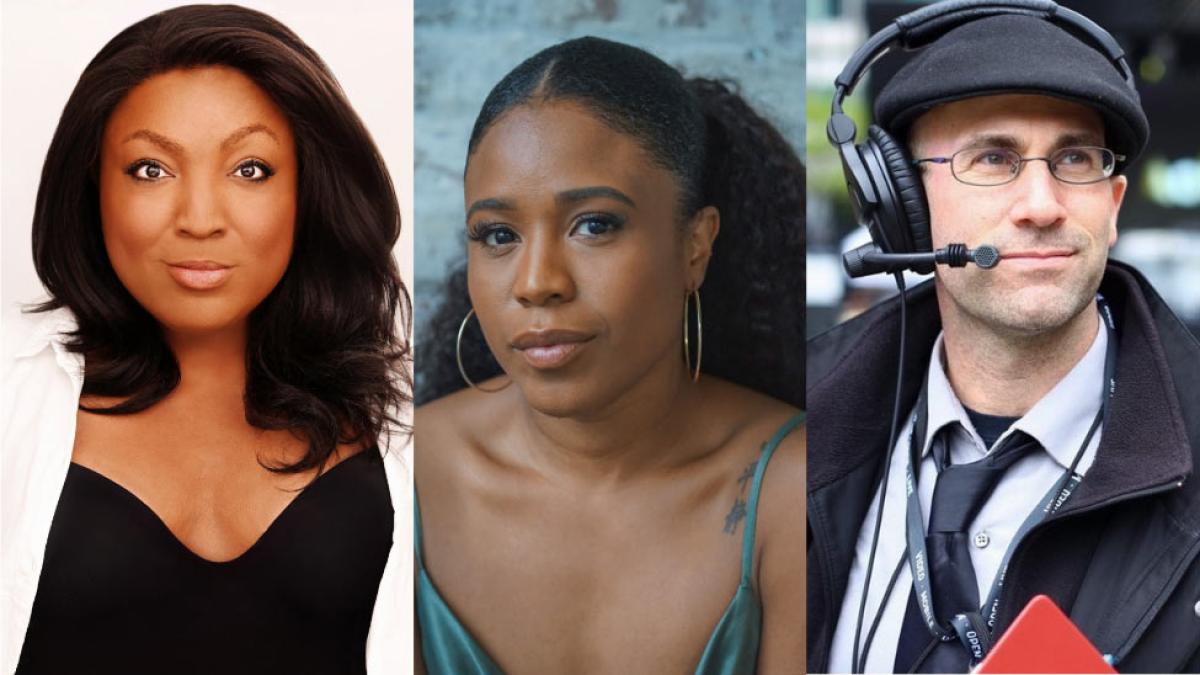
Families, Professor Say School Shopping Costing Parents More This Year
Dyson Economics Professor Mark Weinstock provides an expert analysis to News 12 Westchester on the financial strain of back-to-school shopping. “This year is going to be more expensive,” Professor Weinstock explains, noting that families are adjusting by purchasing fewer items. His commentary supports local residents’ concerns that essential supplies are costing significantly more than in previous years.
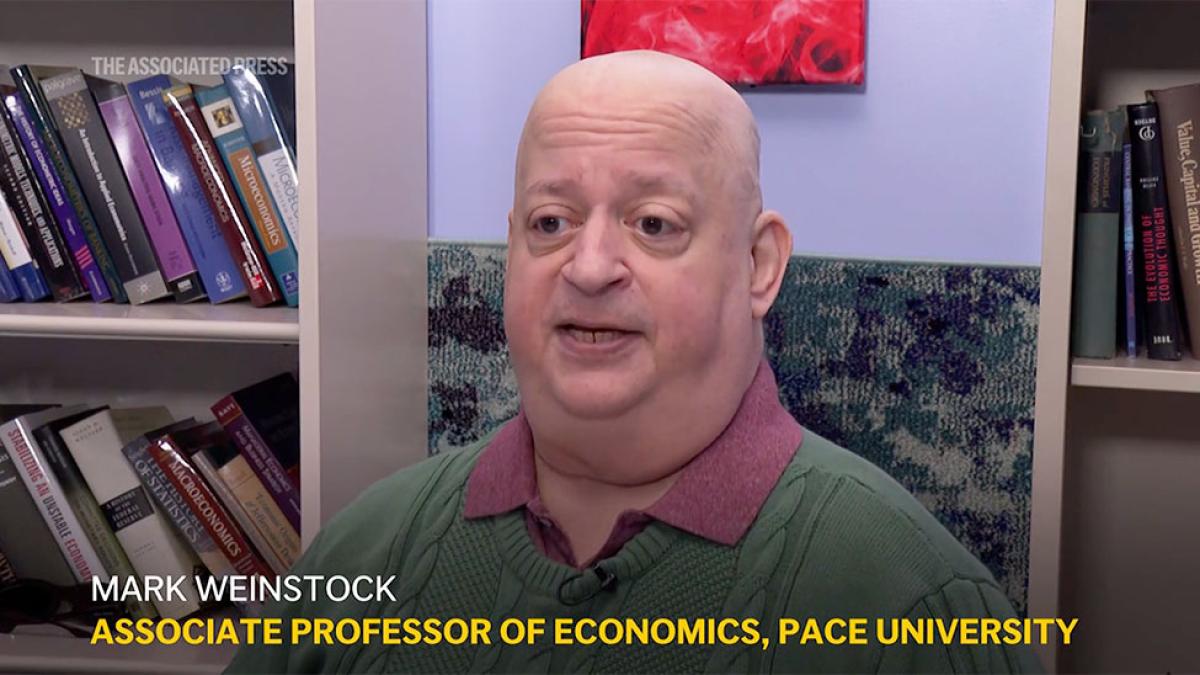
Live from The Flow Chart Foundation: John Ashbery 98th Birthday Celebration (Audio)
Dyson English Professor Eugene Richie and recently retired Poet in Residence Charles North led the first annual John Ashbery memorial birthday reading at Christ Church Episcopal in Hudson, NY, where Ashbery was a longtime member. The event featured 12 writers, was livestreamed on WGXC 90.7 FM, and is now available via Wave Farm Radio.
'Detention Roulette': How Government Lawyers Try to Rig the Game
In a New York Law Journal op-ed, Professor Gershman addresses the federal court ruling in Benitez v. Francis, condemning what he describes as “detention roulette”—the practice of ICE agents arresting immigrants outside court—and warning that such tactics undermine constitutional due process.
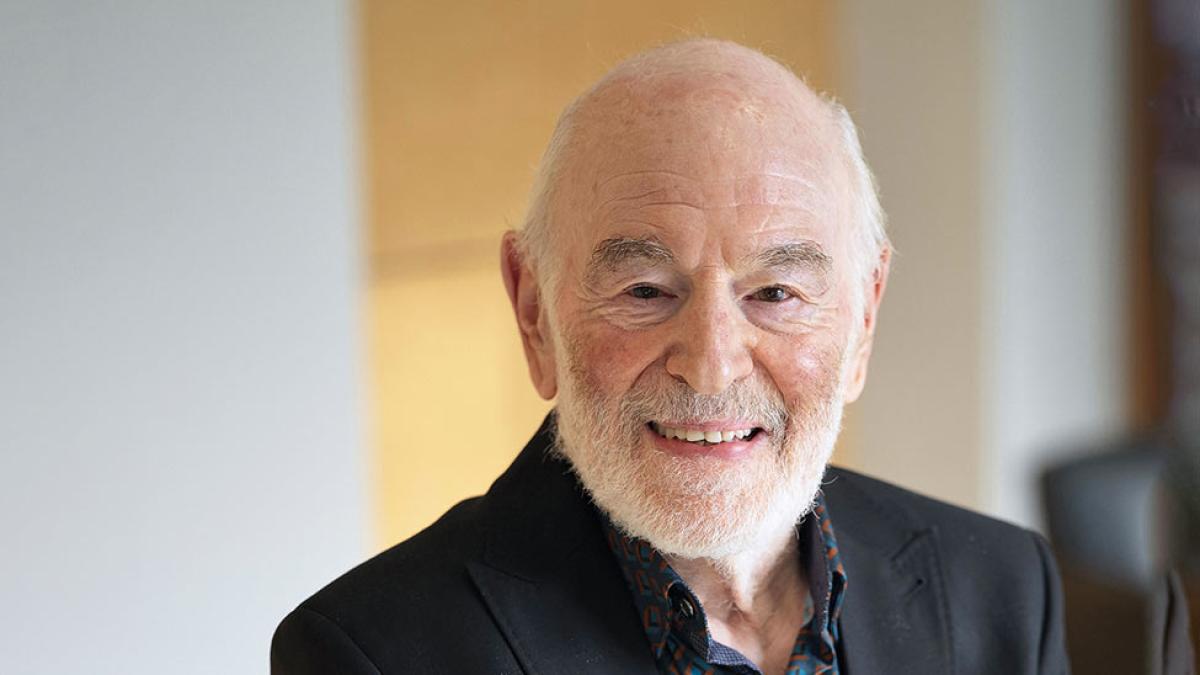
The Crumbl Cookies Co-Founder, A Viral Gay Rumor And What We Can Learn In The Aftermath
Dyson Professor Melvin Williams addresses a viral incident involving Crumbl Cookies’ CEO, exploring the boundary between representation and exploitation: “There is a vast difference between audiences raising legitimate concerns about exploitative, LGBTQ-mediated representations and queerbaiting.”— both stories were syndicated widely, including in Asheville Citizen-Times, Detroit Free Press, The Democrat and Chronicle, Iowa City Press-Citizen, The Indianapolis Star, and more.
Mindfulness Made Simple Cultivating Peace & Presence, Staying Grounded in Distracted World w/Jerry
Assistant Vice President of Public Affairs Jerry McKinstry joined Stephanie Spruck '24 on her podcast With Hope, which focuses on mental health and wellness. The two first met through The RADical Health program, which McKinstry helped bring to Pace five years ago. Their wide-ranging conversation explored career paths, personal purpose, and the impact of mindfulness and meditation. Fittingly, they ended on the show’s central theme—the power of hope.
New Study Shines Light on the Triumphs and Challenges of Collegiate Esports
The Esports Advocate features Pace University as one of 12 institutions contributing to a new study examining the landscape of collegiate esports. The research used mixed methods to explore opportunities and challenges facing universities in building competitive gaming programs.
Professors Margot Pollans and Noa Ben-Asher Honored with 2025 Dukeminier Award for Excellence in LGBTQ+ Scholarship
The Elisabeth Haub School of Law at Pace University is proud to announce that Margot Pollans, Professor of Law at Pace Haub Law and Noa Ben-Asher, Professor of Law at St. John’s University School of Law have been selected as 2025 Dukeminier Awards Winners for their article, Gender Regrets: Banning Abortion and Gender-Affirming Care (PDF), 2024 Utah L. Rev. 763 (2024).
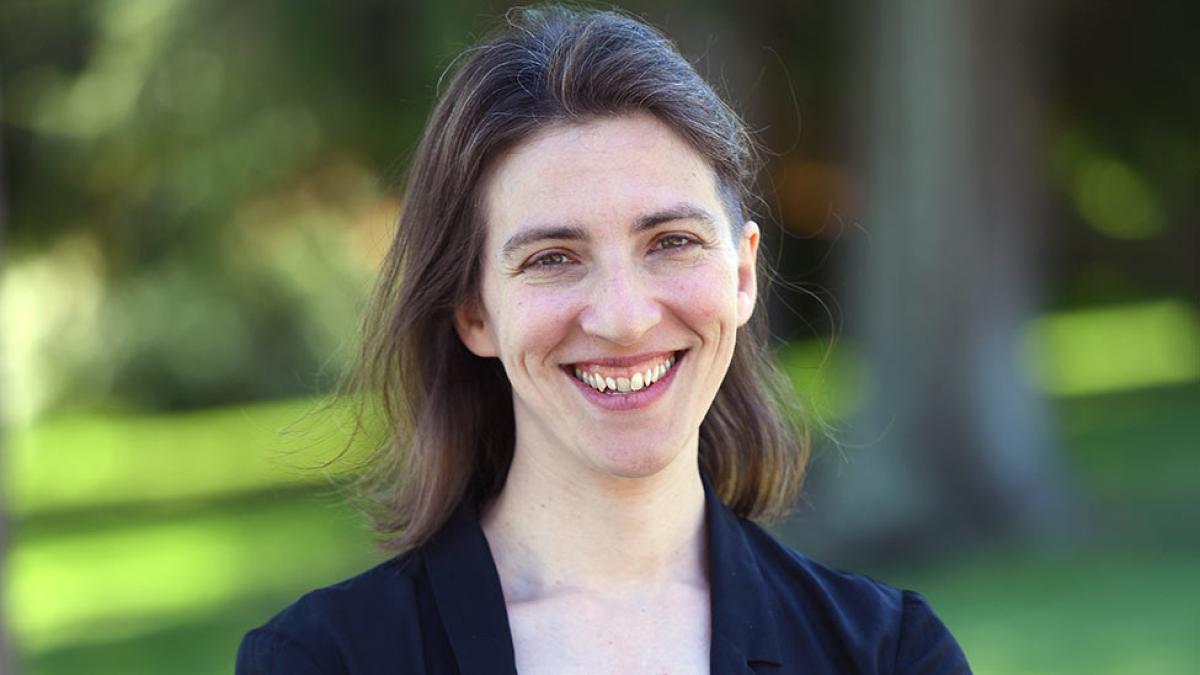

The Elisabeth Haub School of Law at Pace University is proud to announce that Margot Pollans, Professor of Law at Pace Haub Law and Noa Ben-Asher, Professor of Law at St. John’s University School of Law have been selected as 2025 Dukeminier Awards Winners for their article, Gender Regrets: Banning Abortion and Gender-Affirming Care (PDF), 2024 Utah L. Rev. 763 (2024). The Dukeminier Awards acknowledge, distribute, and celebrate the best sexual orientation and gender identity legal scholarship published during the previous academic year. The Williams Institute, a UCLA School of Law research center, and the student staff members of the Dukeminier Awards Journal administer the awards.
Gender Regrets: Banning Abortion and Gender-Affirming Care, examines how “regret” has long been used to justify abortion bans and, more recently, has come to be used to support bans on gender-affirming care for minors. It identifies two overlapping legal threads. First, both campaigns against medical care point to the protection of patients from future regret as a legitimate state interest that justifies restrictions. Second, both rely on alleged concerns about regret to redefine the legal meaning of “informed consent.” In doing so, both treat the emotion of regret as a distinct injury that could lead to a variety of legal rights and responsibilities. Pollans and Ben-Asher argue that a strategic conservative legal movement has used “regret” as a disciplinary tool to promote “traditional family values,” especially those of natalism and “biological” sex difference.
“We are thrilled to have our article selected for a Dukeminier Award,” said Professor Pollans. “It is such an honor to be included among this distinguished group of scholars, and I’m a longtime fan of the Williams Institute, which does really fantastic and important work to combat bias against LGBTQ+ people.”
Professor Margot Pollans joined the Pace Haub Law faculty in 2015. She is the Faculty Director of the Pace Food Law Center and also the Joseph P. D’Alessandro Faculty Scholar. Previously, she was the James D. Hopkins Professor of Law for the 2023–2025 academic years and served as the Shamik and Adrienne Trivedi Faculty Scholar from 2020–2022. Professor Pollans is an accomplished scholar whose primary research interests lie in the areas of food and agriculture law, administrative law and social justice. Her academic work has appeared in a variety of journals and she is also the co-author of a casebook, Food Law: Cases & Materials. In 2022, she was named the recipient of Haub Law’s distinguished Goettel Prize for Faculty Scholarship for her article, "Eaters, Powerless by Design" published by Michigan Law Review (120 Mich. L. Rev. 643 (2022)).
Professor Noa Ben-Asher was previously a Professor of Law at Pace Haub Law from 2009 to 2023, when they joined the St. John’s Law faculty. Professor Ben-Asher’s scholarly interests include gender, sexuality, and legal theory. Their work has appeared in numerous legal journals and edited collections. Their forthcoming book, Secular-Christian Social Justice, will be published by NYU Press. Professor Ben-Asher teaches Torts, Family Law, and Law, Gender & Sexuality.
Gender Regrets has been republished in Volume 24 of the Dukeminier Awards Journal, along with this year’s other winning articles. The goals of the journal and its awards are to encourage scholars to begin or continue writing about sexual orientation and gender identity law and public policy; provide valuable recognition and support for scholars, law students, and lawyers who write in this area; and provide easy access to each year’s best scholarly materials for those outside of legal academia, including lawyers, judges, other legal actors, and policy makers. The Dukeminier Awards Journal is edited in partnership with the Williams Institute and staffed by students at the UCLA School of Law. A virtual event celebrating the winners will be held on September 17.